Table of Contents
Guide
Pages
If you are an Annies customer and have a question about the instructions on a pattern you have purchased, please visit: AnniesCatalog.com/pages/customer_care/pattern_services.html Templates To download templates for easy printing, view the download instructions at the end of this book or click the Templates chapter in the Table of Contents. Introduction I love making baby quiltsthe size, the colors, the sweet motifsbut most of all, I love to think about the babies who will sleep and play (and yes, even spit up) on them. If you like making baby quilts, too, I hope you enjoy this collection of six quilts plus six baby-related accessories. And I hope you will make some of these designs for the very special babies in your life. I know they will be loved and appreciated! Meet the Designer

Chris Malone has been sewing and crafting most of her life. As an accomplished sewist, quilter and designer, she has had hundreds of designs published in sewing and quilting publications, and has authored several books of her own.
She is a regular contributor to Quilters World magazine and to Annies quilting and sewing book titles. Chriss whimsical style has been a favorite of many quilters and sewists, and it is easily recognizable at a glance. Chris resides in the diverse and beautiful Willamette Valley of Oregon. Table of Contents General Information You probably already have most of the supplies needed for these projects. Even so, here are a few tips on materials and tools, general assembly instructions and finishing that you may find helpful.
Basic Tools & Supplies Scissors for paper and fabric Rotary cutter and mat Nonslip quilting rulers Nonpermanent fabric-marking tools Template material Sewing machine Walking or even-feed foot (optional) Hand-sewing needles Straight pins and pincushion Curved safety pins for basting Seam ripper Steam/dry iron and ironing surface
Fabric & Thread For best results, use only good-quality 100 percent cotton fabric and quality thread.
Your time is worth it. Prewashing is optional but if you are prewashing, do so with ALL of the fabrics being used. Fusible Web With Paper Release There are many appliqud projects in this book, and all have been made using fusible web with paper release and machine blanket-stitched edges. Always follow the manufacturers directions for fusing times and temperatures, as brands do vary. Of course, if you prefer to hand-appliqu or use other methods of machine appliqu, feel free to do so. Keep in mind that the patterns provided are reversed so they are ready for fusible appliqu.
Walking or Even-Feed Foot A walking or even-feed foot attachment for your sewing machine is a very helpful tool when sewing layers, and it is useful for simple quilting patterns as well. This foot feeds the upper and lower layers of fabric through the machine at the same rate. Pinking Shears Consider adding a good pair of pinking shears to your toolbox if you dont already have them. They are helpful and time-saving when making curved pieces that need to be turned right side out after stitching. If you cut around the curved seams with the pinking shears close to but not into the seam, you will eliminate the need to make the many small clips that help the seam turn smoothly. Binding Clips Binding clips are not a necessity, but they are handy not only for holding the binding in place, but anytime you need to sew a seam with multiple layers.
They dont distort the alignment like pins sometimes do. Attach them with the flat side on the bottom so they slide smoothly along the sewing machine bed. General Assembly Instructions Read all instructions carefully before beginning each project. All seams are " unless otherwise directed. The measurements given for each project include the outer seam allowance.
Raw-Edge Fusible Appliqu One of the easiest ways to appliqu is the raw-edge fusible-web method.
Raw-Edge Fusible Appliqu One of the easiest ways to appliqu is the raw-edge fusible-web method.
Paper-backed fusible web individual pieces are fused to the wrong side of specified fabrics, cut out and then fused together in a motif or individually to a foundation fabric, where they are machine-stitched in place. Choosing Appliqu Fabrics Depending on the appliqu, you may want to consider using batiks. Batik is a much tighter weave and, because of the manufacturing process, does not fray. If you are thinking about using regular quilting cottons, be sure to stitch your raw-edge appliqus with blanket/buttonhole stitches instead of a straight stitch. Cutting Appliqu Pieces Fusible appliqu shapes should be reversed for this technique. Trace the appliqu shapes onto the paper side of paper-backed fusible web.
Leave at least " between shapes. Cut out shapes leaving a margin around traced lines. Note: If doing several identical appliqus, trace reversed shapes onto template material to make reusable templates for tracing shapes onto the fusible web. Follow manufacturers instructions and fuse shapes to wrong side of fabric as indicated on pattern for color and number to cut. Cut out appliqu shapes on traced lines. Remove paper backing from shapes. Again following fusible web manufacturers instructions, arrange and fuse pieces to quilt referring to quilt pattern.
Or fuse together shapes on top of an appliqu ironing mat to make an appliqu motif that can then be fused to the quilt. Stitching Appliqu Edges Machine-stitch appliqu edges to secure the appliqus in place and help finish the raw edges with matching or invisible thread (Photo 1). Note: To show stitching, all samples have been stitched with contrasting thread. Photo 1 Invisible thread can be used to stitch appliqus down when using the blanket or straight stitches. Do not use it for the satin stitch. Definitely practice with invisible thread before using it on your quilt; it can sometimes be difficult to work with. A short, narrow buttonhole or blanket stitch is most commonly used (Photo 2).
Photo 1 Invisible thread can be used to stitch appliqus down when using the blanket or straight stitches. Do not use it for the satin stitch. Definitely practice with invisible thread before using it on your quilt; it can sometimes be difficult to work with. A short, narrow buttonhole or blanket stitch is most commonly used (Photo 2).
Your machine manual may also refer to this as an appliqu stitch. Be sure to stitch next to the appliqu edge with the stitch catching the appliqu. 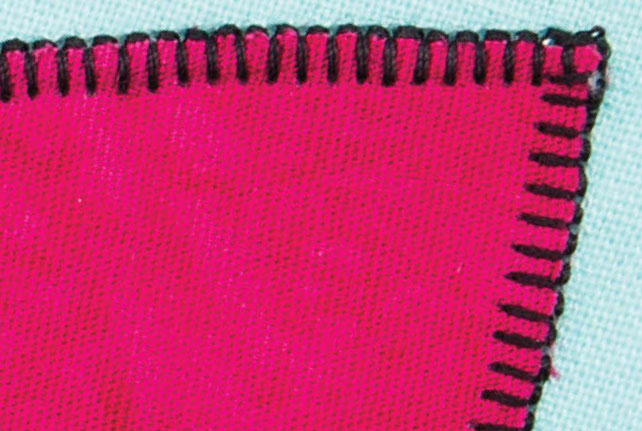 Photo 2 Practice turning inside and outside corners on scrap fabric before stitching appliqu pieces. Learn how your machine stitches so that you can make the pivot points smooth. To stitch outer corners, stitch to the edge of the corner and stop with needle in the fabric at the corner point. Pivot to the next side of the corner and continue to sew (Photo 3).
Photo 2 Practice turning inside and outside corners on scrap fabric before stitching appliqu pieces. Learn how your machine stitches so that you can make the pivot points smooth. To stitch outer corners, stitch to the edge of the corner and stop with needle in the fabric at the corner point. Pivot to the next side of the corner and continue to sew (Photo 3).
You will get a box on an outside corner. 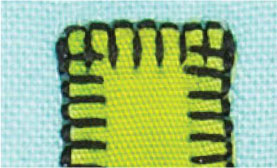 Photo 3 To stitch inner corners, pivot at the inner point with needle in fabric (Photo 4). You will see a Y shape in the corner.
Photo 3 To stitch inner corners, pivot at the inner point with needle in fabric (Photo 4). You will see a Y shape in the corner. 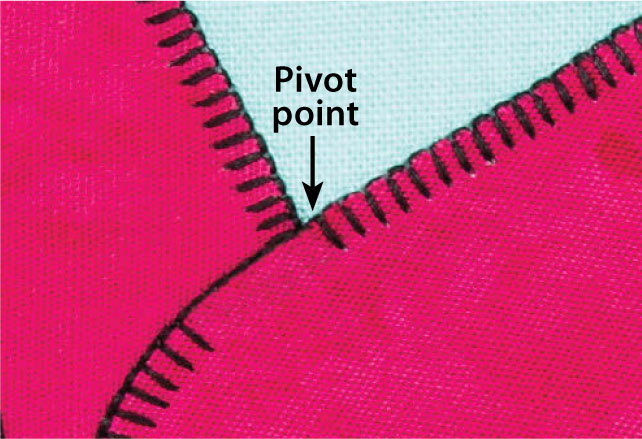 Photo 4 You can also use a machine straight stitch. Turn corners in the same manner, stitching to the corners and pivoting with needle in down position (Photo 5).
Photo 4 You can also use a machine straight stitch. Turn corners in the same manner, stitching to the corners and pivoting with needle in down position (Photo 5). 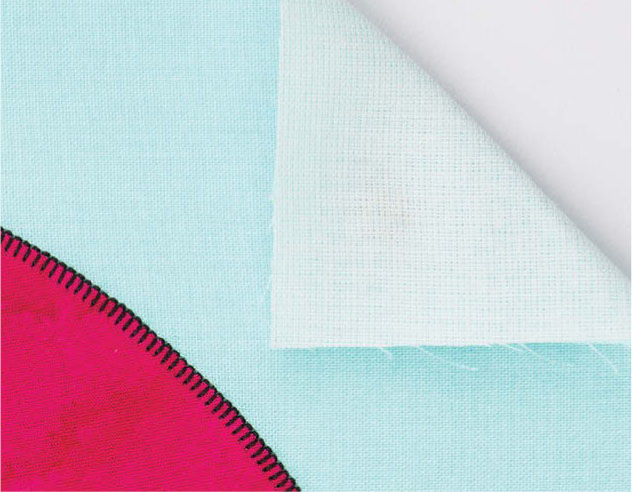


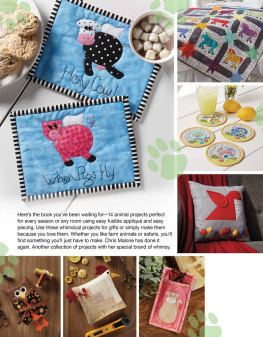
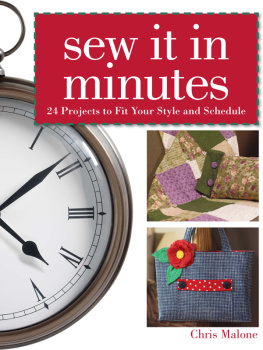
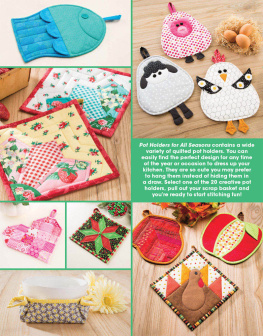
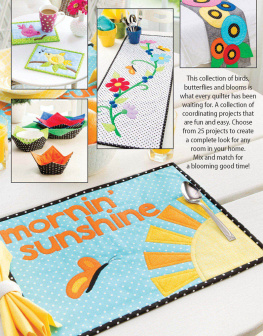
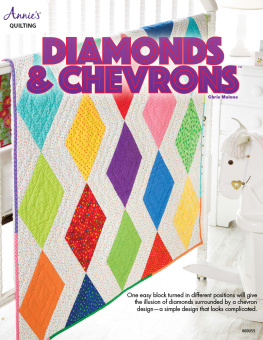

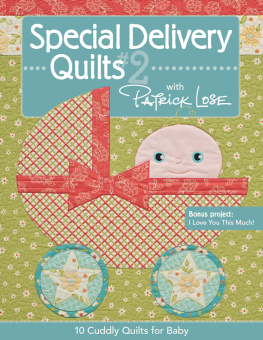
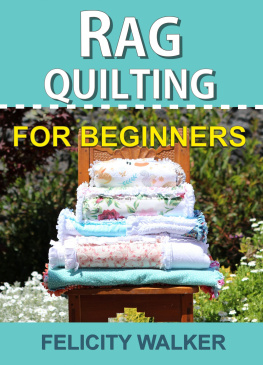
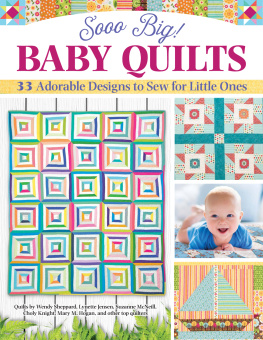
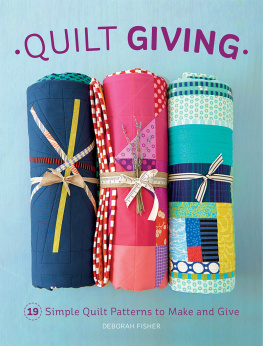
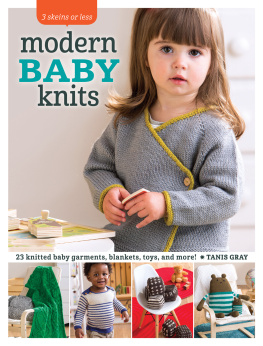
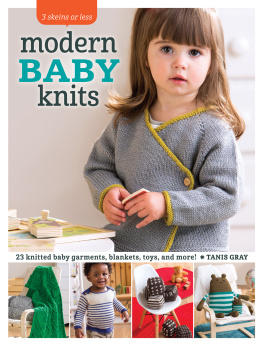
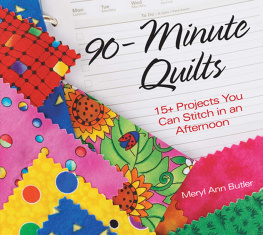
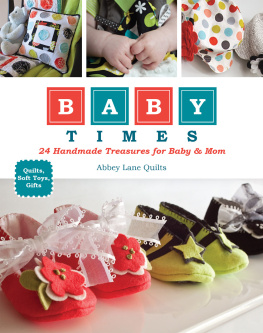

 Chris Malone has been sewing and crafting most of her life. As an accomplished sewist, quilter and designer, she has had hundreds of designs published in sewing and quilting publications, and has authored several books of her own.
Chris Malone has been sewing and crafting most of her life. As an accomplished sewist, quilter and designer, she has had hundreds of designs published in sewing and quilting publications, and has authored several books of her own.  Photo 1 Invisible thread can be used to stitch appliqus down when using the blanket or straight stitches. Do not use it for the satin stitch. Definitely practice with invisible thread before using it on your quilt; it can sometimes be difficult to work with. A short, narrow buttonhole or blanket stitch is most commonly used (Photo 2).
Photo 1 Invisible thread can be used to stitch appliqus down when using the blanket or straight stitches. Do not use it for the satin stitch. Definitely practice with invisible thread before using it on your quilt; it can sometimes be difficult to work with. A short, narrow buttonhole or blanket stitch is most commonly used (Photo 2). Photo 2 Practice turning inside and outside corners on scrap fabric before stitching appliqu pieces. Learn how your machine stitches so that you can make the pivot points smooth. To stitch outer corners, stitch to the edge of the corner and stop with needle in the fabric at the corner point. Pivot to the next side of the corner and continue to sew (Photo 3).
Photo 2 Practice turning inside and outside corners on scrap fabric before stitching appliqu pieces. Learn how your machine stitches so that you can make the pivot points smooth. To stitch outer corners, stitch to the edge of the corner and stop with needle in the fabric at the corner point. Pivot to the next side of the corner and continue to sew (Photo 3). Photo 3 To stitch inner corners, pivot at the inner point with needle in fabric (Photo 4). You will see a Y shape in the corner.
Photo 3 To stitch inner corners, pivot at the inner point with needle in fabric (Photo 4). You will see a Y shape in the corner.  Photo 4 You can also use a machine straight stitch. Turn corners in the same manner, stitching to the corners and pivoting with needle in down position (Photo 5).
Photo 4 You can also use a machine straight stitch. Turn corners in the same manner, stitching to the corners and pivoting with needle in down position (Photo 5). 